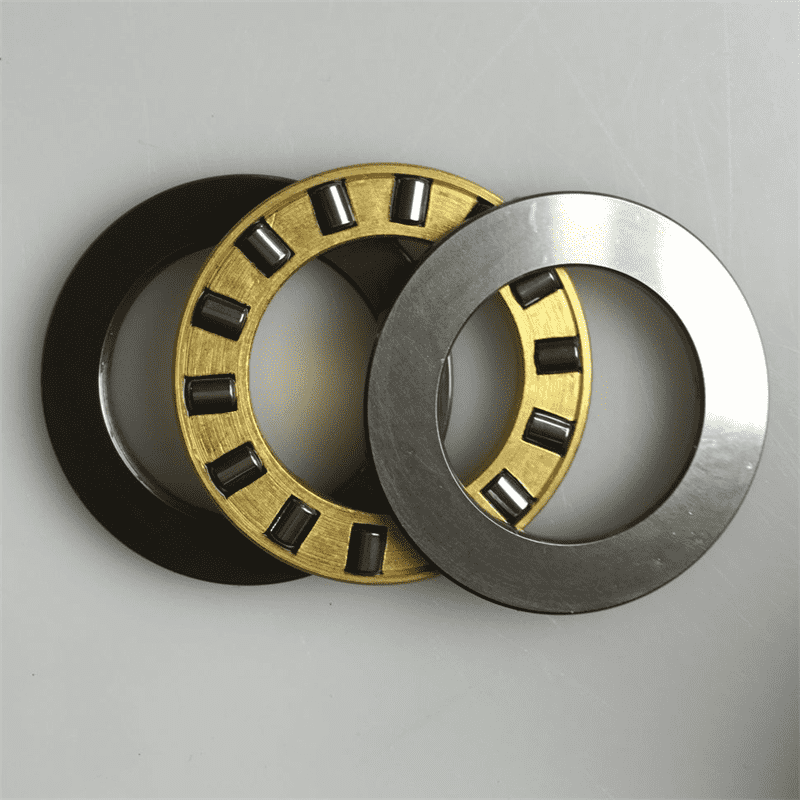Plane thrust bearings mainly bear axial load in the assembly and are widely used. Although the installation operation of the thrust bearing is relatively simple, errors often occur during actual maintenance, that is, the tight ring and loose ring of the bearing are installed in incorrect positions. As a result, the bearing loses its function and the journal is quickly worn. The inner ring of the tight ring has a transitional fit with the journal. When the shaft rotates, the tight ring is driven and friction occurs with the end face of the stationary part. When an axial force (Fx) is applied, the friction torque will be greater than the inner diameter matching resistance torque, resulting in the tightening ring. The mating surfaces of the ring and the shaft are forced to rotate, aggravating journal wear.
Therefore, the following points should be paid attention to when installing thrust bearings.
(1) Distinguish the tight ring and loose ring of the bearing (judging based on the inner diameter of the bearing, the hole diameter difference is O.1~O.5mm).
(2) Distinguish the static parts of the mechanism (that is, the parts that do not move, mainly the assembly).
(3) No matter what the situation, the loose ring of the bearing should always be against the end face of the stationary part.
Post time: Sep-13-2023

